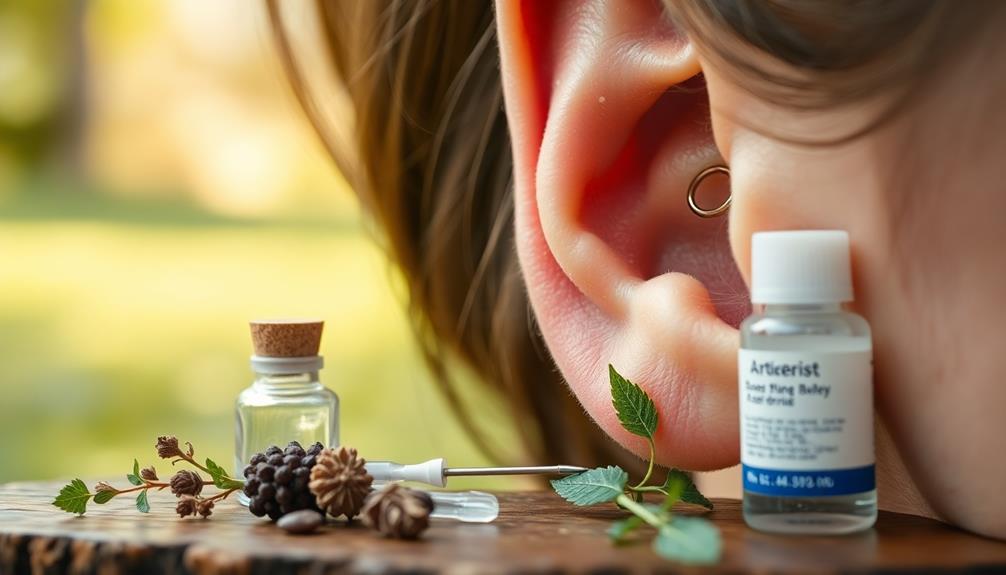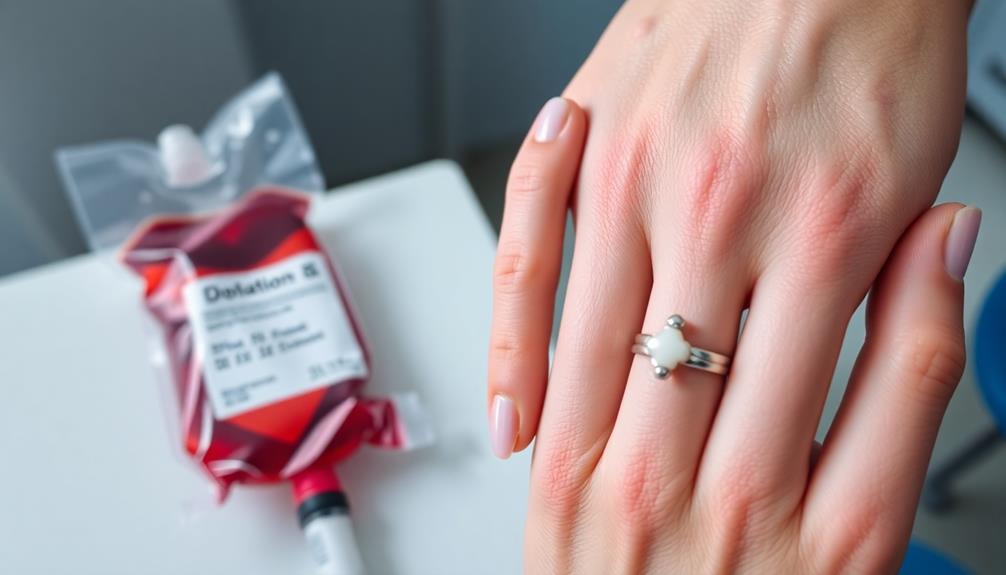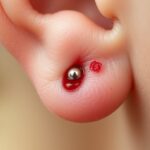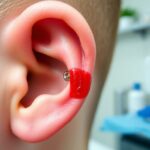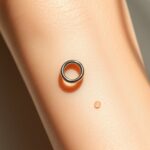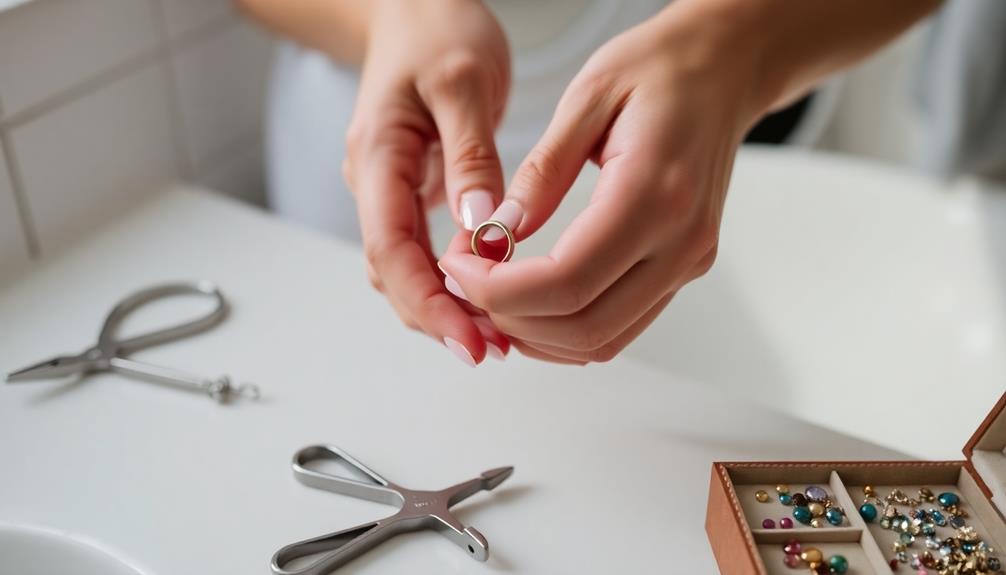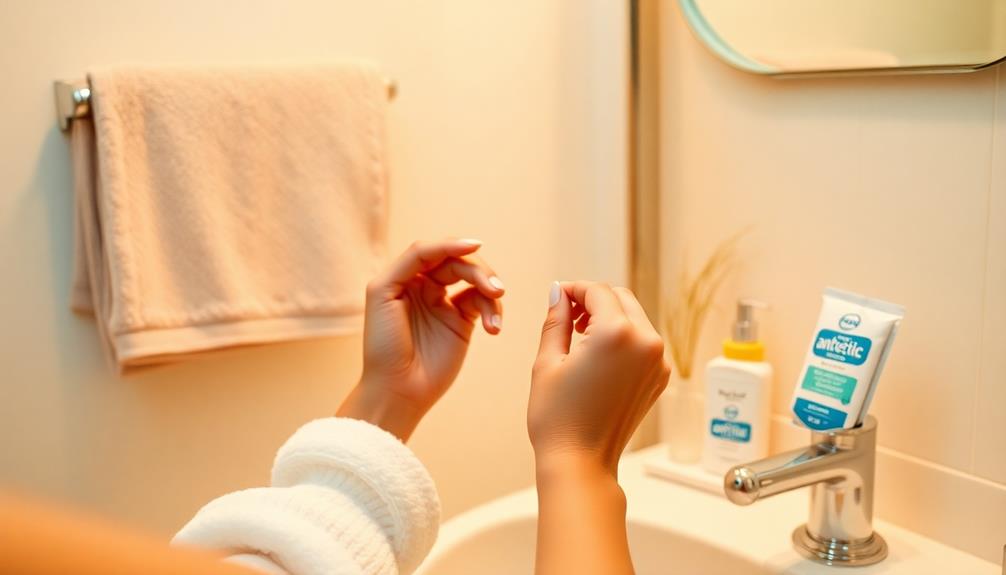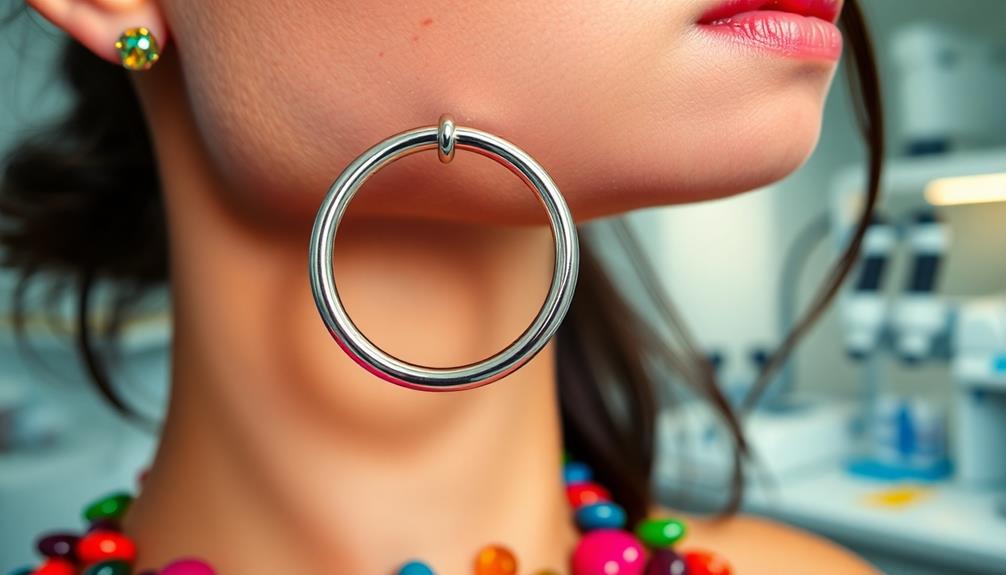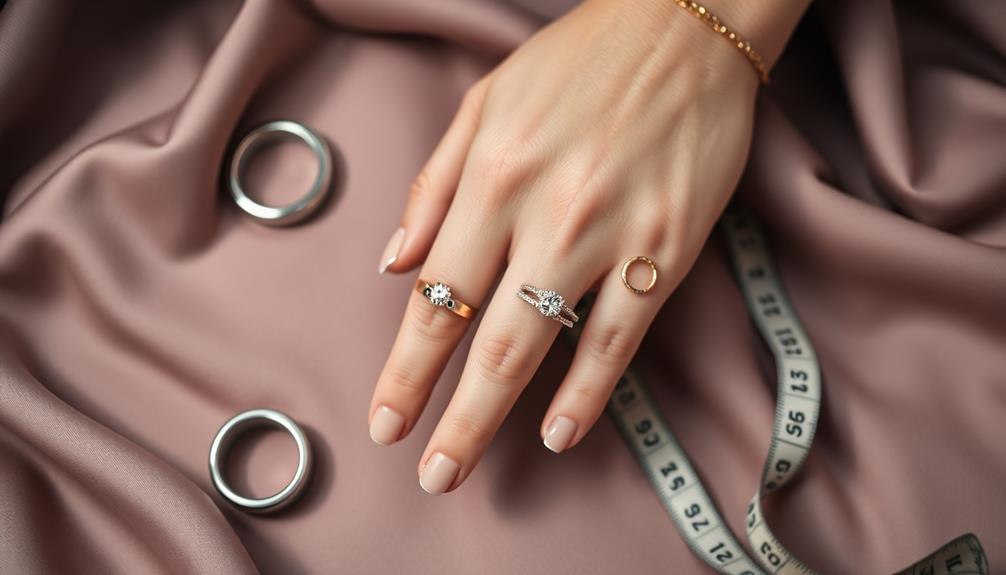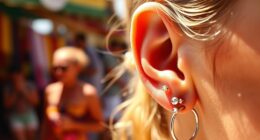Understanding piercing rejection helps you keep your piercings healthy. It happens when your body sees the jewelry as a foreign object, leading to inflammation and migration. Common signs include redness, irritation, and thinning tissue around the piercing. Choosing high-quality, hypoallergenic jewelry and a skilled piercer can minimize your risk. Make sure to stick to an aftercare routine and regularly check your piercing for worrying changes. If you spot something odd, get professional advice quickly. By being proactive and informed, you can enjoy beautiful piercings for longer, and there's more to uncover about prevention and care options.
Key Takeaways
- Piercing rejection occurs when the body sees jewelry as a foreign object, causing inflammation and potential complications.
- Common symptoms include jewelry migration, redness, and thinning tissue around the piercing.
- Causes include low-quality jewelry, genetic predisposition, and changes in body conditions like pregnancy.
- To prevent rejection, choose high-quality, hypoallergenic jewelry and ensure proper aftercare.
- If signs of rejection appear, remove the jewelry immediately and consult a professional for guidance.
What Is Piercing Rejection?
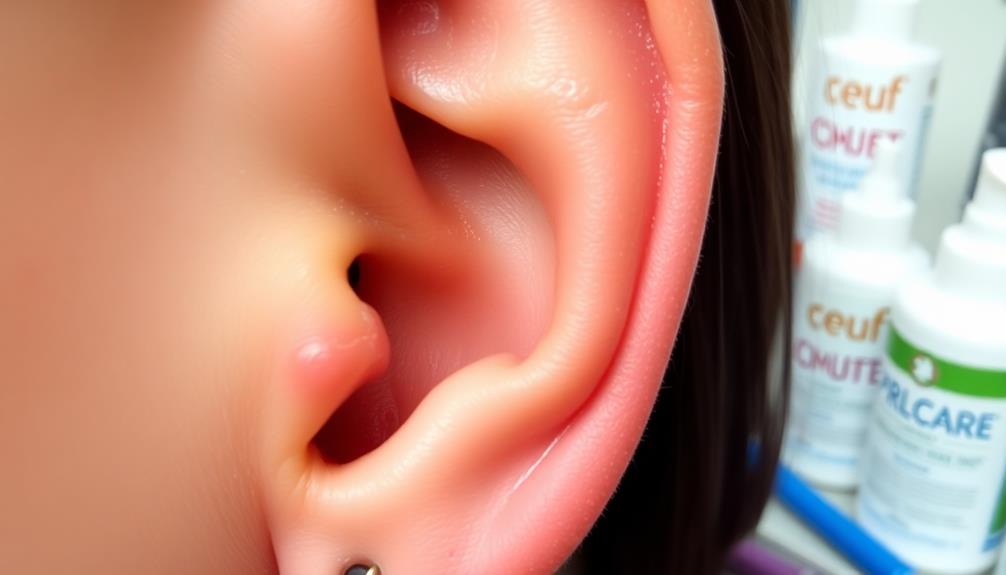
Piercing rejection happens when your body identifies the jewelry as a foreign object, triggering inflammation and causing the piercing to migrate toward the skin's surface. This process is particularly common in surface piercings, which have minimal tissue penetration, making them more vulnerable to being pushed out.
As the body reacts, you may notice symptoms of rejection, such as migration of the jewelry and thinning tissue around the piercing. Persistent redness or irritation that lasts beyond the initial healing period can indicate that your body is rejecting the piercing.
Low-quality jewelry can exacerbate this issue, as materials like nickel or other irritants increase the risk of complications. Additionally, individual genetic predispositions play a significant role; some people are simply more prone to experiencing piercing rejection.
Understanding these factors is essential in preventing complications. By choosing high-quality jewelry and being aware of your body's signals, you can take proactive steps to minimize the risk of piercing rejection.
Monitoring your piercing closely and seeking professional advice at the first sign of trouble can help you maintain your body art without unnecessary discomfort or loss.
Signs and Symptoms
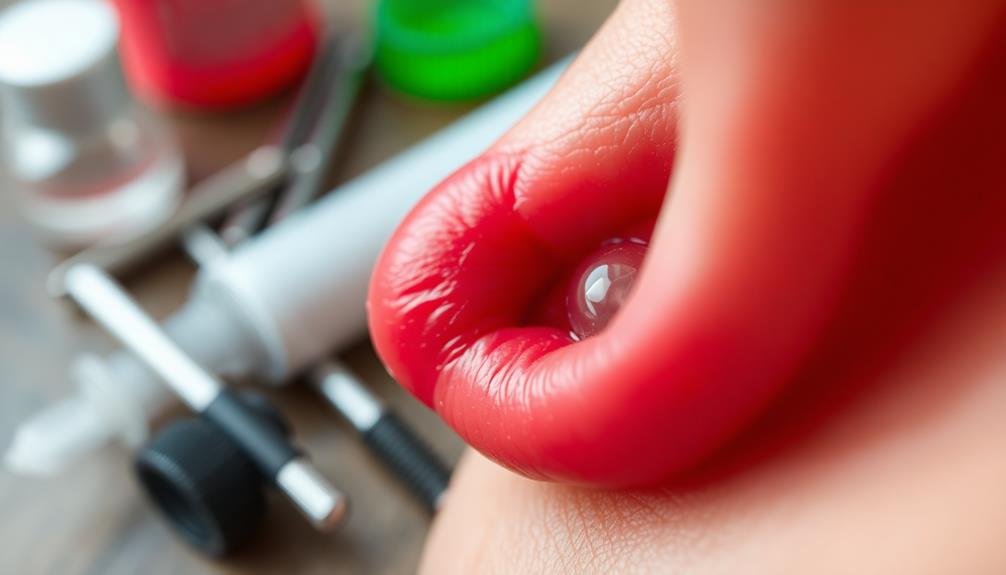
Noticing early signs of piercing rejection can help you address potential issues before they escalate. One of the primary signs of irritation is the migration of jewelry, which means it's moving closer to the skin surface. If you observe noticeable movement from its original position, it's important to pay attention.
Changes in the surrounding skin can also indicate problems; look for signs like redness, flakiness, or inflammation. Thinning tissue between the entrance and exit holes may suggest the body is beginning to reject the piercing, especially if you notice an increase in the size of these holes over time.
Additionally, irritation bumps that repeatedly scab and exfoliate, coupled with persistent soreness or redness, are significant warning signs. Surface piercings are particularly susceptible to these visible signs of rejection, making it critical to monitor your piercing closely.
Practicing proper aftercare can help mitigate these risks, but if you notice any concerning symptoms, it's important to act quickly. Addressing these signs early can often prevent more severe complications related to piercing rejection.
Causes of Piercing Rejection
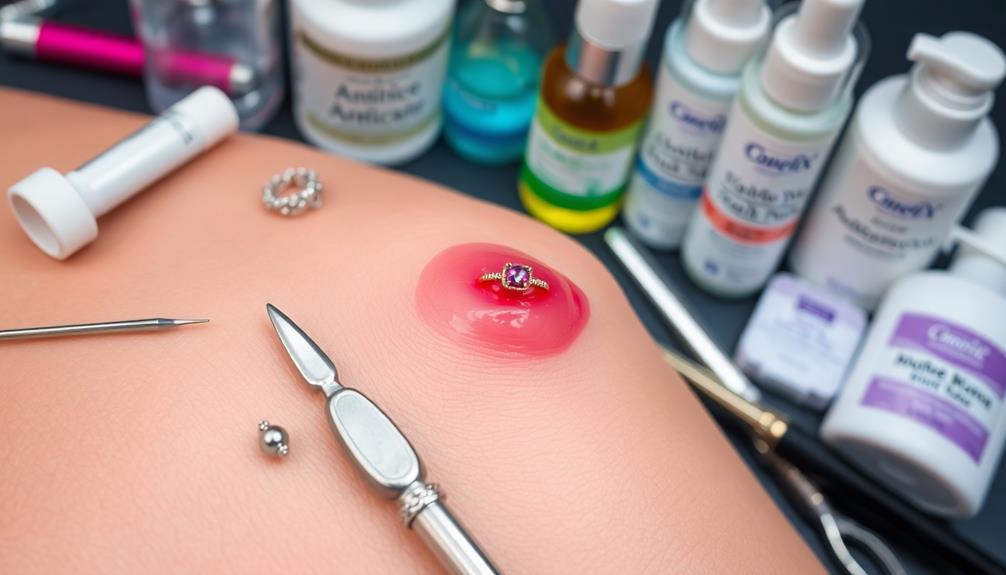
Understanding the causes of piercing rejection can help you make informed decisions about your body modifications. Piercing rejection occurs when your body perceives the jewelry as a foreign object, triggering an immune response. This response can lead to inflammation and migration of the piercing.
Surface piercings, like those on flat skin areas, are particularly susceptible to rejection due to their minimal tissue penetration and lack of supportive tissue.
Genetic factors also play a significant role in your healing process. If you have a family history of piercing complications, you might be more prone to rejection. Additionally, using low-quality jewelry or improperly fitted pieces can cause allergic reactions or irritation, increasing the likelihood of rejection over time.
Life changes, such as pregnancy, can alter your body's tissue and raise the risk of rejection even for well-healed piercings.
It's essential to follow proper aftercare instructions to maintain your piercing's health and minimize infection risks. By understanding these causes, you can make better choices regarding your piercings and help guarantee a successful experience.
Prevention Strategies
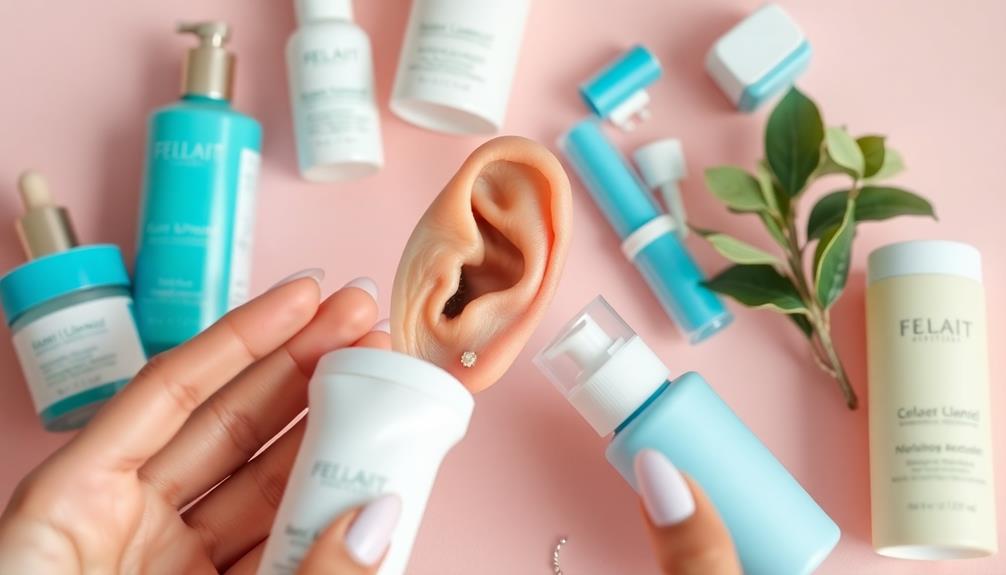
Taking proactive steps can greatly decrease the chances of piercing rejection. First, choose a skilled piercer who understands anatomy and employs proper techniques. This choice is vital in minimizing the risk of complications.
Next, opt for high-quality jewelry made from hypoallergenic materials like titanium or surgical steel. Using such materials can help reduce allergic reactions and irritation that may lead to rejection.
Establishing a diligent aftercare routine is equally important. Clean your piercing regularly with mild soap and avoid harsh chemicals. This practice is fundamental for maintaining piercing health and preventing issues.
Additionally, closely monitor your piercing, especially during the first few weeks. Look for any signs of irritation, redness, or instability, as these could be early symptoms of piercing rejection.
If you notice any concerning changes, consult a professional piercer immediately. They can provide tailored advice and options to address potential rejection before it escalates.
Treatment Options
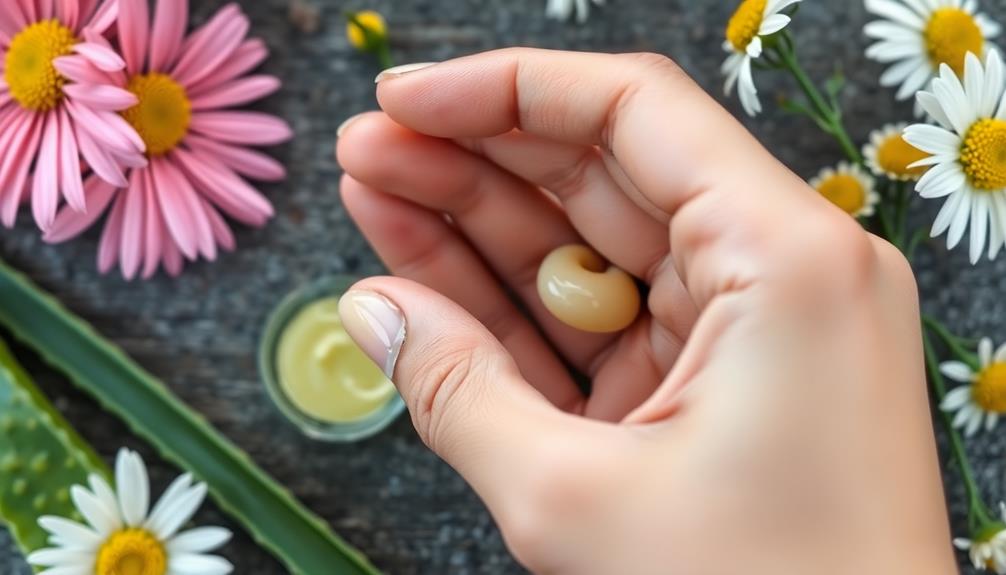
If you suspect your piercing is being rejected, it's crucial to act quickly to minimize damage and promote healing. The first step is to remove the jewelry immediately. This prevents further skin damage and scarring.
Next, clean the area daily with mild soap and water to maintain proper hygiene. This routine helps keep the area clear of dirt and bacteria, reducing the risk of infection.
To protect your skin and the piercing holes during healing, apply a thick ointment, like petroleum jelly. This can prevent closure of the holes, giving your skin time to recover.
Keep an eye on any changes or symptoms, such as redness or swelling, as these could indicate infection.
If you suspect an infection has developed after removing the jewelry, consult a healthcare provider. They might recommend antibiotic treatment to address the issue effectively.
Documenting your symptoms and any changes in the area can provide valuable information for your healthcare provider or professional piercer during consultations.
Prioritizing your health and taking these treatment steps can help guarantee your skin heals properly after a rejection.
Frequently Asked Questions
How Do You Prevent Piercing Rejection?
To prevent piercing rejection, you should choose a skilled piercer, use hypoallergenic jewelry, maintain a strict aftercare routine, monitor your piercing for issues, and consider larger gauge jewelry to minimize movement and shifting.
How Do You Get Rid of Piercing Rejection?
Like a stubborn weed, piercing rejection won't go away on its own. Remove the jewelry, clean the area daily, and apply soothing ointments. Consult a pro for advice and consider alternative materials to help heal.
Can a Rejecting Piercing Be Saved?
Yes, a rejecting piercing can sometimes be saved. Consult a professional piercer to assess it, consider changing the jewelry, and apply nonirritating materials. If the rejection continues, removing the jewelry may be necessary.
How to Stop Dermal Piercing Rejection?
You notice your dermal piercing starting to shift, and panic sets in. To stop rejection, choose an expert piercer, use high-quality jewelry, and stick to a strict aftercare routine. Stay vigilant for any warning signs.
Conclusion
In the journey of body art, sometimes a piercing may decide to part ways with you, and that's perfectly okay. Recognizing the signs and understanding the reasons behind this can help you embrace the experience with grace. By taking preventive measures and knowing your treatment options, you can guarantee your next adventure in self-expression is a lasting one. Remember, every ending opens the door to new beginnings in the art of adornment.
Hi, my name is Danielle, and I’m an author for piercings-body.com. I have a passion for writing and love to share my knowledge on all things body piercing-related. I’m also a huge advocate for safe body modification practices and believe everyone should be able to make informed decisions about their bodies. When I’m not writing or blogging, I enjoy spending time with my family and friends, practicing yoga, and exploring new places.

